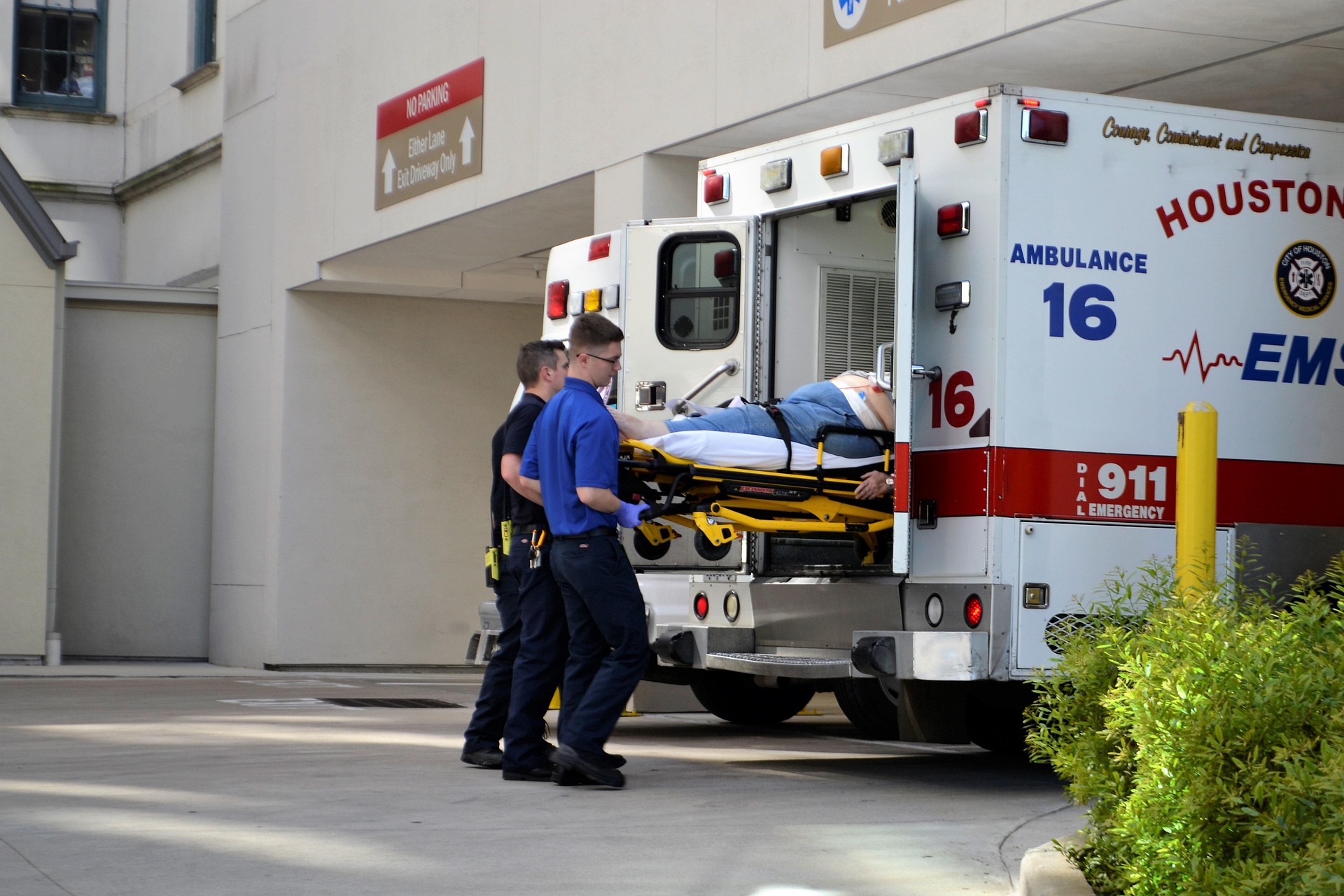His $80 Hospital emergency room bill in Taiwan has Americans questioning why routine care in the U.S. remains so expensive.

A Scare Abroad That Sparked a Viral Conversation
When 25-year-old American student Kevin Bozeat fell violently ill while studying in Taiwan, he wasn’t sure what to expect from a hospital system he barely understood. What he did know was that in the United States, stepping into an emergency room without insurance can mean financial disaster.
But the experience he documented in a now-viral Facebook post, ironically titled “The Horrors of Socialized Medicine: A first hand experience”, didn’t unfold the way many Americans might expect.
A Sudden Illness and a Reluctant ER Trip
Bozeat first believed he just had a mild stomach issue. That changed quickly.
“My symptoms showed no signs of abating,” he wrote. “At this point I had to seek medical treatment, I knew I had to go to the hospital.”
He wasn’t insured, nor eligible yet for Taiwan’s National Health Insurance as a short-term student. He wasn’t sure if the doctors would speak English or how steep the bill would be.
“I wanted to avoid it,” he admitted.
What happened next surprised him.
Fast Care, Full Diagnostics, And a Tiny Bill
At NTU Hospital, Bozeat says he was checked in immediately by an English-speaking nurse. Within 20 minutes, he was hooked to IV fluids, given anti-emetics, and sent for bloodwork and an ultrasound to rule out gallstones and appendicitis.
Doctors diagnosed him with a severe case of acute viral gastroenteritis. After three hours of fluids and rest, he felt stable enough to go home, with prescriptions and instructions.
Then came the bill.
“The bill for the ER visit?… US $80.00. Eighty. American. Dollars. Out of pocket. Full cost. No discounts. No insurance.”
For perspective, Bozeat noted that the same visit in the U.S. could have easily cost hundreds or even thousands of dollars. Americans frequently receive bills upwards of $10,000–$12,000 for basic ER visits, even for something as simple as a bee sting.
How Taiwan’s Healthcare System Keeps Costs Down
Taiwan operates under a single-payer program known as the National Health Insurance (NHI). All citizens, and eligible foreign residents, enroll and contribute a small monthly premium.
Bozeat addressed the common U.S. argument that universal healthcare requires crushing taxes:
“Yes, taxes pay for the healthcare here. No, they are not high… [Income] x 0.0469 x 0.3 = Your monthly out-of-pocket healthcare premium.”
For someone earning $60,000 a year, that comes out to about $70.53 per month, less than many Americans pay weekly for private insurance.

A System Built on the Idea That Healthcare Is a Right
Bozeat emphasized that Taiwan’s health ministry explicitly frames healthcare as a right, not a privilege. No one goes uninsured, no one is excluded, and medical bankruptcy is virtually nonexistent.
He also clarified that while no system is perfect, satisfaction is high:
“I have yet to meet a Taiwanese person who wasn’t satisfied with, or even outright proud of their healthcare system… My expat friends praise it, even those from countries with universal healthcare systems of their own.”
Why the Story Resonated With Americans
Bozeat’s post struck a nerve in the U.S., where healthcare is a constant political battleground and medical debt is the country’s leading cause of bankruptcy. His experience acts as a visible comparison point, one that challenges assumptions about cost, access, and outcomes. For many readers, his story raises a difficult question:
If other developed countries provide fast, affordable emergency care, why can’t the United States?
Featured image from Facebook: Kevin Bozeat

